Available stock in the Philippines
Immediately delivery
In the Philippines a hot wire probe anemometer is an air flow sensor often used to measure the flow velocity of air. A portable or hand-held hot wire anemometer is a useful instrument for HVAC technicians to be able to make spot checks in air cooling systems. Rather than guessing the output, the actual velocity of the air can be measured and compared with what airflow is expected. In a sense, a hot-wire anemometer is a flow velocity meter. Measurements are normally expressed
It is different from an airflow balometer or capture hood which can measure volumetric flow in volume units.
Check out our Balometers.
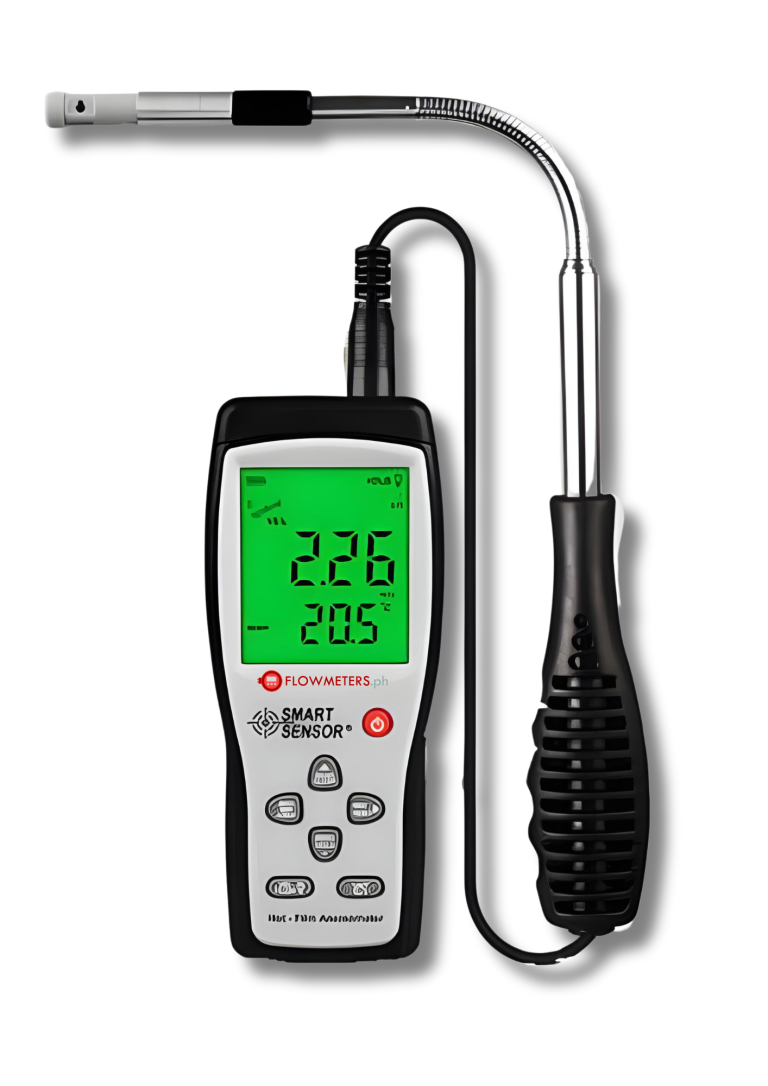
How does a hot wire anemometer work?
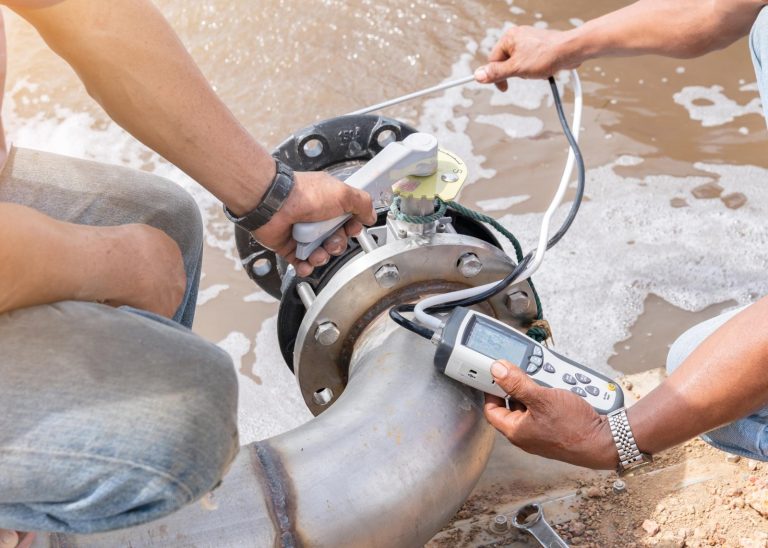
A metallic tube , wire or rod can be heated to a constant temperature. When wind or air currents blow onto the metallic wire, more energy will be required to heat the element to the constant temperature it was set at. The additional amount of energy required to heat the rod back to the desired temperature is proportional to the flow velocity.
An air velocity meter) can measure the airflow from both heating and cooling systems. In large malls, government buildings, hotels, schools, food production facilities and basically anywhere that cool air is needed in the Philippines, HVAC technicians will often rely on air speed /air velocity and temperature measurements at different areas of a facility to ensure that adequate cooling is occurring throughout the system. In other words, a hot wire anemometer is a device that helps HVAC technicians troubleshoot the efficiency of a cooling system so that proper maintenance can be carried out if necessary.
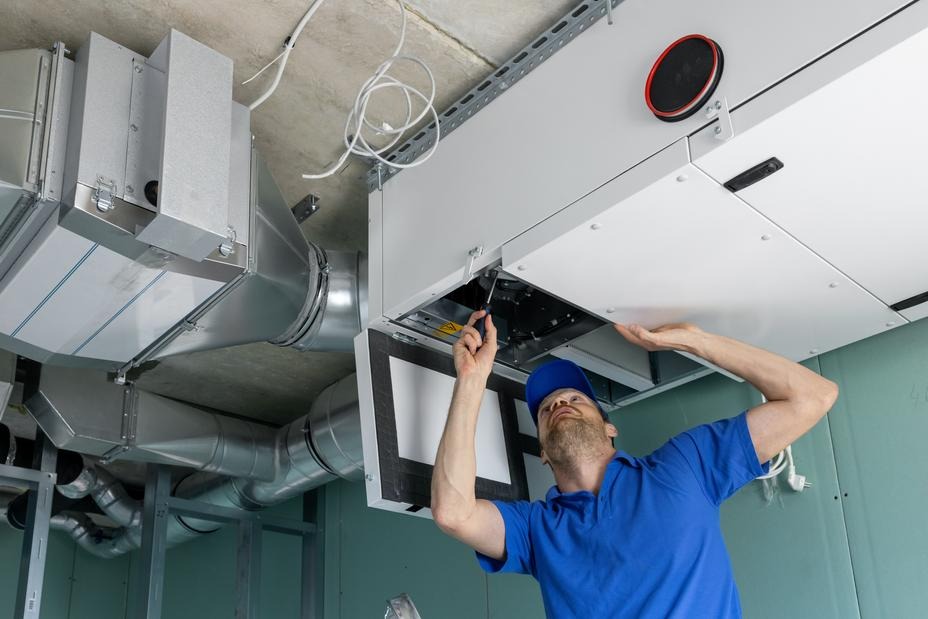
Applications
- Environment measurement
- Air transport
- Air Conditioning monitoring system and measurement.
Hot-wire Anemometer drawing
- Press once to power on, again to power off
- LCD Display
- Read recorded data/clear data
- Data record/ Reset Key
- Max/ Min/ Input area
- Data holding/ Zero key
- Wind velocity/ flow transform key
- Temperature unit switch
- Connecting wire
- Sensor probe
- USB Charge port, Connect to PC Interface
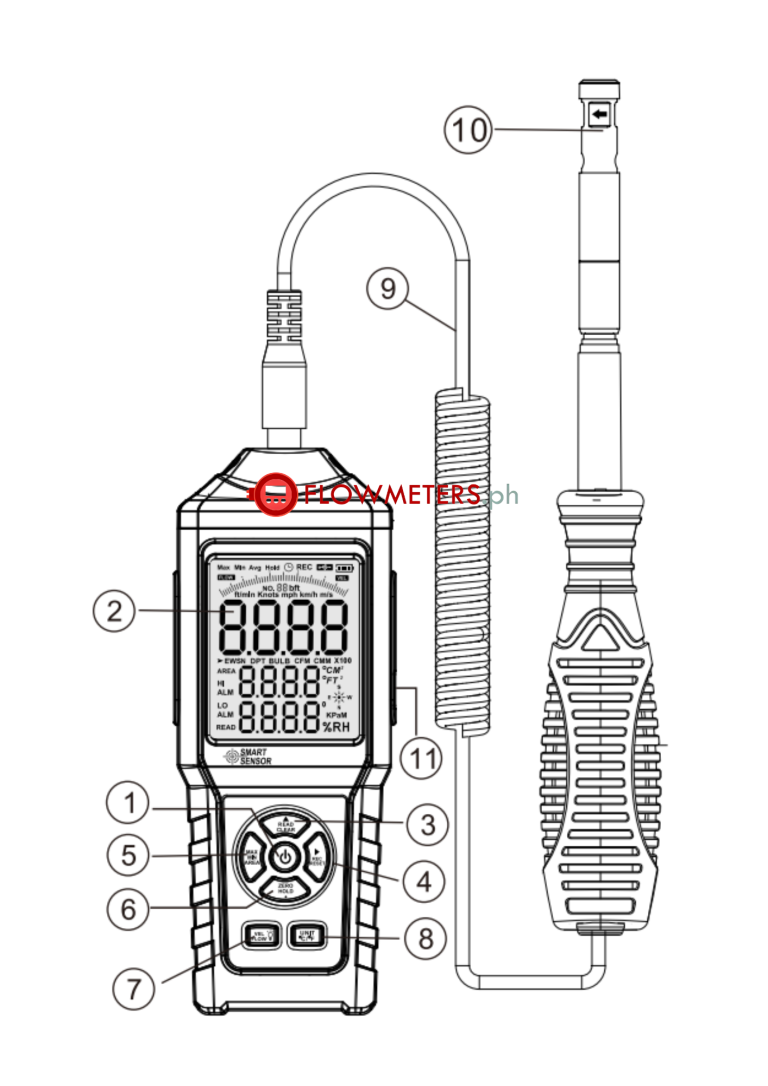
Air velocity measurements in a duct using a hand held flow sensor
The most popular methods for measuring air flow in ducts are by sensing the pressure /differential pressure or by thermal means. Both of these instruments use a rod that is inserted into a hole in the duct. Sensing changes in air pressure requires the rod to have two holes which are connected to electronics which act as a DP transmitter to measure velocity using Bernoulli principles of flow velocity measurement while the hot wire anemometer senses changes in temperature which correspond to the velocity changes, akin to blowing air over a hot burning ember where the higher air flow cools down the ember, hence the term “hot rod” is used to describe the effect which is also the same technology employed in air flow measurements by thermal mass flow meters.
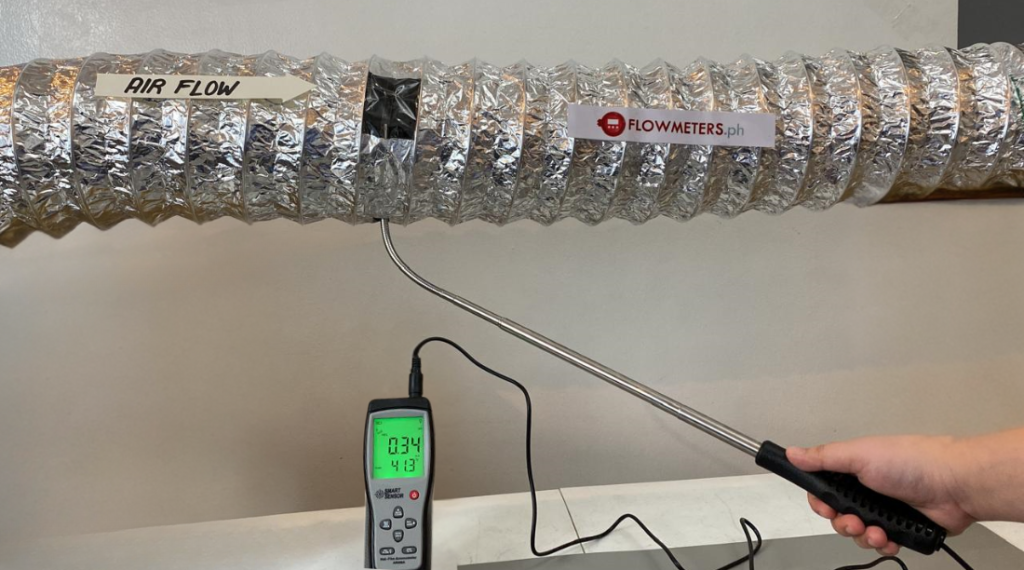
Fixed Air Density
In order to calculate the velocity, the air density must known. Since we are measuring air, the density of air is applied to the calculation. If the media changes (such as in the case of CO2 or Oxygen, another dependency equation can be applied for the correction) but in the case of simple air flow measurements, these do not have to be accounted for since the air values are already common knowledge.
Air Flow Duct Volume Calculations
If the duct is circular or rectangular, the cross sectional area can be calculated. Knowing the cross sectional area enables us to calculate an uncorrected flow volume in the duct. This information might be adequate enough in many cases where the probe is always placed in exactly the same position each time a measurement is performed.
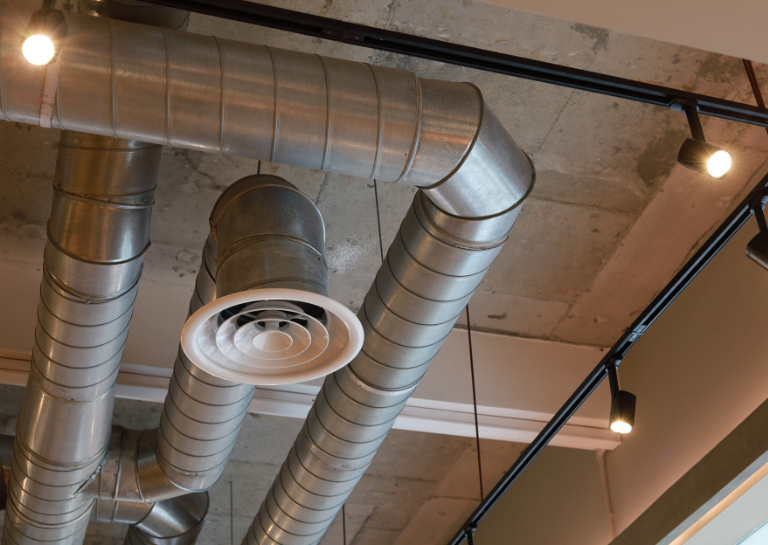
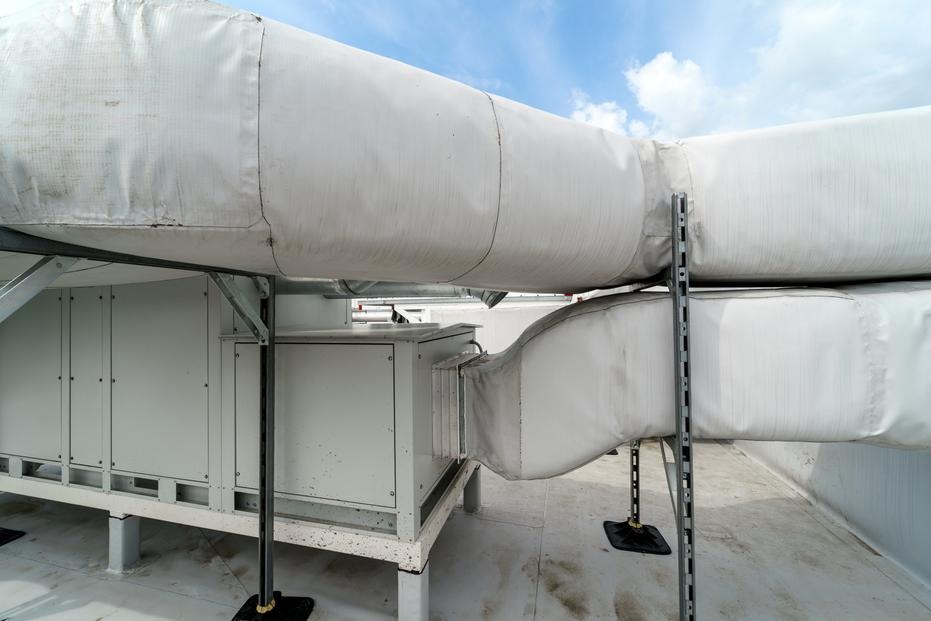
The justification for these types of air velocity measurements has more to do with operators gathering air flow data to see if there have been any significant changes over time i.e using their experience with these air flow gages enables them to see when a change has occurred such as inadequate flow and a response to this might be to further investigate as to the reason for lower performance. These studies can lead to preventative maintenance, equipment repair, upgrading, cleaning and even modifications.
Measuring Multiple Air Flow Points in a Duct
In any HVAC air system, the ducts are not always a perfect shape (non-uniform) and it is not always possible to have long straight runs. A long and straight duct’s volume flow rate is easier to measure and predict since generally, the air flow at all points in the area of the duct will be flow velocities that are close to each other. When introducing bends and anomalies, the air velocity is not going to be uniform in the all points of the duct that are measured since frictional forces and different shapes will not make a simple Reynold’s number correction adequate enough to ascertain the true volumetric flow. Using CFD’s is an option but unnecessary, too costly and also time consuming if an HVAC operator is experienced enough to know how to take readings and obtain accurate enough measurements to suit their purpose – the purpose being a check on the efficiency of the air system.
The Goal
Ultimately, the goal is improve one’s system performance – either because of the organization’s aim to achieve better performance but most likely because of impending or current regulatory situations which do not allow a building or factory to be too inefficient. In any case, improving air flow with the least amount of energy usage is going to save electricity costs and ultimately means that the building or factory ends up paying less to create a cool or comfortable environment for the products being manufactured or the people who are benefitting from the cool air for their comfort.










